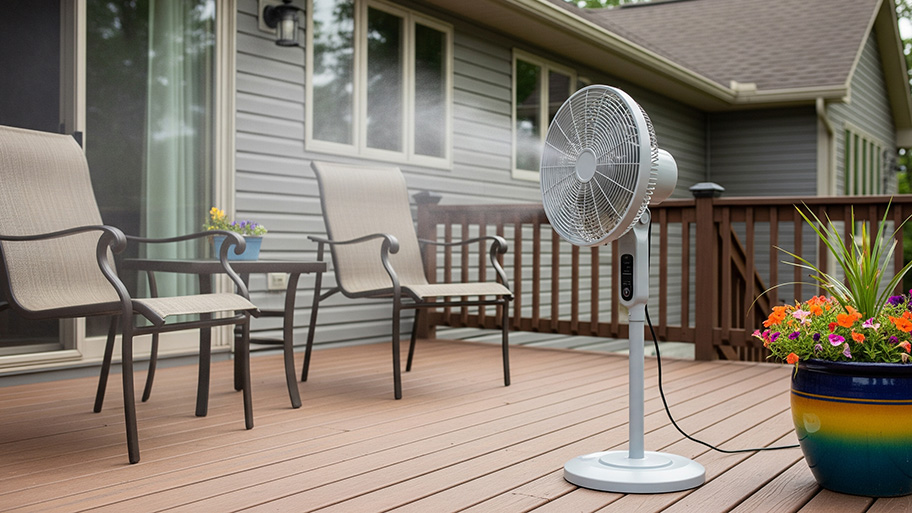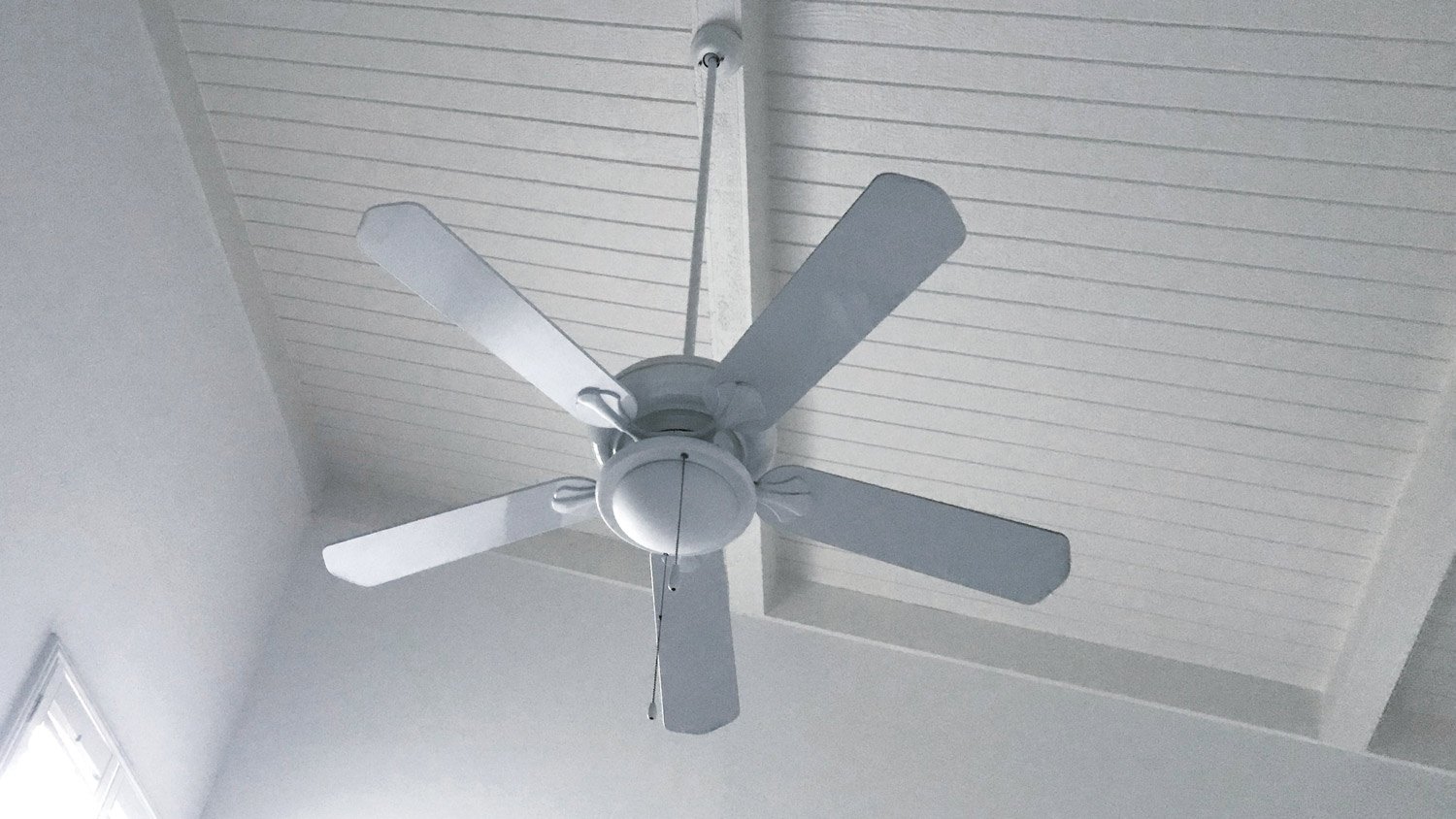
Get matched with top ceiling fan pros in Houston, MO
Enter your ZIP and get matched with up to 5 pros
Need a pro for your ceiling fan service project in Houston, MO?
Verified Reviews for Ceiling Fan Service pros in Houston, MO
*The Angi rating for Ceiling Fan Service companies in Houston, MO is a rating based on verified reviews from our community of homeowners who have used these pros to meet their Ceiling Fan Service needs.
*The HomeAdvisor rating for Ceiling Fan Service companies in Houston, MO is a rating based on verified reviews from our community of homeowners who have used these pros to meet their Ceiling Fan Service needs.
Last update on December 08, 2025
Find Ceiling fan pros in Houston
ALL-N-ALL CONSTRUCTION, LLC
ALL-N-ALL CONSTRUCTION, LLC
Construction, remodeling, repairs as many people as needed, cash, check, money order and can accept cards for fee
Construction, remodeling, repairs as many people as needed, cash, check, money order and can accept cards for fee
Taylor engineering and construction inc.
Taylor engineering and construction inc.
We are a family owned and managed business that does engineering and technology design and development for the.automotive industry and construction industry if you can dream it we can build it we take pride in our quality workmanship and attention to detail.
We are a family owned and managed business that does engineering and technology design and development for the.automotive industry and construction industry if you can dream it we can build it we take pride in our quality workmanship and attention to detail.
Creative Custom Carpentry
Creative Custom Carpentry
40+ years experience in carpentry and remodeling, residential and commercial
40+ years experience in carpentry and remodeling, residential and commercial
Call The All In One Construction Co
Call The All In One Construction Co
I have 35 years experience in construction I have performed all phases of construction im a 4th generation contractor I have 4 employees
I have 35 years experience in construction I have performed all phases of construction im a 4th generation contractor I have 4 employees
Nunezotw
Nunezotw
From the grown up my crew and I will make your visions come rue
From the grown up my crew and I will make your visions come rue
Snodgrass Contracting LLC
Snodgrass Contracting LLC
Please contact us for details.
Please contact us for details.

Assured Building Products LLC.
Assured Building Products LLC.
Our company provides great customer service with quality products at a competitive price.
Our company provides great customer service with quality products at a competitive price.

HighTech Service
HighTech Service
Licensed and Insured. Expert Service. Military and Senior Discounts. Clean and Professional. Emergency Service Available. Quality Assurance Program. Small Business. Local Family Owned.
Licensed and Insured. Expert Service. Military and Senior Discounts. Clean and Professional. Emergency Service Available. Quality Assurance Program. Small Business. Local Family Owned.
The Houston, MO homeowners’ guide to ceiling fan services
From average costs to expert advice, get all the answers you need to get your job done.

If your ceiling fan stops working due to a bad motor or broken pull chain, here’s what you can expect to pay to get it fixed.
 •
•Discover the cost to install a ceiling fan, including labor, materials, and tips to save. Learn what impacts your price and how to budget for your project.

Removing a ceiling fan is an easy task that any handy DIYer can tackle. Follow the five steps in this guide to learn how to remove a ceiling fan.

It's time to cool off! Learn 10 ways to make your room cool without an air conditioner in this informational fan hack guide.

If your ceiling fan isn’t spinning, the problem could be something as straightforward as a stuck switch or a blocked blade. In more rare cases, it might point to a deeper issue inside the fan.

If your ceiling fan is wobbling, it’s likely a simple problem. Check out these common reasons why your ceiling fan wobbles and their quick solutions.
- Licking, MO Ceiling fan pros
- Cabool, MO Ceiling fan pros
- Summersville, MO Ceiling fan pros
- Mountain Grove, MO Ceiling fan pros
- Willow Springs, MO Ceiling fan pros
- Mountain View, MO Ceiling fan pros
- Eminence, MO Ceiling fan pros
- Hartville, MO Ceiling fan pros
- Salem, MO Ceiling fan pros
- Norwood, MO Ceiling fan pros
- Waynesville, MO Ceiling fan pros
- Mansfield, MO Ceiling fan pros
- Saint Robert, MO Ceiling fan pros
- Fort Leonard Wood, MO Ceiling fan pros
- Birch Tree, MO Ceiling fan pros
- Newburg, MO Ceiling fan pros
- Richland, MO Ceiling fan pros
- Winona, MO Ceiling fan pros
- Rolla, MO Ceiling fan pros
- Conway, MO Ceiling fan pros
- Lebanon, MO Ceiling fan pros
- Ava, MO Ceiling fan pros
- Seymour, MO Ceiling fan pros
- Crocker, MO Ceiling fan pros
- Dixon, MO Ceiling fan pros
- Phillipsburg, MO Ceiling fan pros
- Saint James, MO Ceiling fan pros
- Caulfield, MO Ceiling fan pros
- Marshfield, MO Ceiling fan pros
- Viburnum, MO Ceiling fan pros
- Kitchen And Bath Remodeling in Houston
- Tree Service in Houston
- Roofing in Houston
- Carpet Cleaning in Houston
- Lawn And Yard Work in Houston
- Plumbing in Houston
- Swimming Pools in Houston
- Foundation Repair in Houston
- Computer Repair in Houston
- Septic Tank in Houston
- Home Builders in Houston
- Cleaning in Houston
- Painting in Houston
- Concrete Driveways in Houston
- Locksmiths in Houston
- Fencing in Houston
- Pest Control in Houston
- Epoxy Flooring in Houston
- Flooring in Houston
- Insulation in Houston
- Window Cleaning in Houston
- Deck Maintenance in Houston
- Piano Moving in Houston
- Fireplaces in Houston
- Water And Smoke Damage in Houston
- Moving in Houston
- Mulch And Topsoil in Houston
- Countertops in Houston
- Garage Builders in Houston
- Sunroom And Patio Remodeling in Houston
- 🌱 "Mow a small front yard"
- 🛠 "Fix a leaking pipe under the sink"
- 🏠 "Repair shingles on an asphalt roof"



